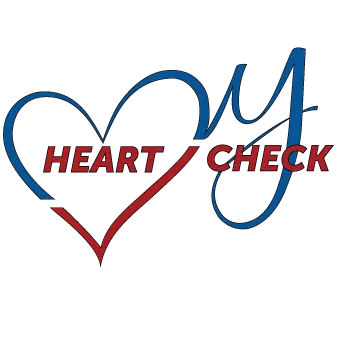Original article by Dr. Larry Creswell on athletes and heart health.
About Larry / Contact
In a study report ed today in the New England Journal of Medicine, Dr. Sanjay Sharma and colleagues from the University of London offer the most comprehensive look yet at the utility of cardiac screening for young, competitive athletes—in this case, specifically for elite, adolescent British soccer players.
ed today in the New England Journal of Medicine, Dr. Sanjay Sharma and colleagues from the University of London offer the most comprehensive look yet at the utility of cardiac screening for young, competitive athletes—in this case, specifically for elite, adolescent British soccer players.
We’ve long known about the small risk of sudden cardiac death (SCD) among young, competitive athletes, but very few datasets have been assembled to look carefully at the value of cardiac screening in these athletes.
The Study
Over a 20-year period from 1996 through 2016, the English Football Association used a combination of health questionnaire, physical examination, electrocardiogram (ECG), and echocardiogram to assess the heart health of all 11,168 potential soccer players, aged 15-17 years, who were joining the Association. Because the ECG and echocardiogram were included, we might characterize the cardiac screening as comprehensive, or “aggressive.” Information was then gathered about any of these players who later died, with a focus specifically on deaths due to heart-related conditions. The investigators were then able to return to the athlete victims’ initial cardiac screening to see what lessons could be learned.
The Findings
The investigators report that with the initial cardiac screening (with health questionnaire, physical examination, ECG, and echocardiogram):
- The cost of the initial cardiac screening was $342 per athlete.
- 42 athletes (0.38%) were found to have cardiac diseases that could cause sudden cardiac death (SCD). Among these 42 athletes, all of those with forms of cardiomyopathy or long Q-T syndrome were advised not to participate in sports.
- Another 225 athletes (2%) were found to have other, non life-threatening cardiac diseases such as heart valve problems or congenital heart conditions. In many cases, these athletes received medical or surgical treatment that allowed them to return to play.
- A total of 830 athletes (7%) required additional testing to sort out any potential heart problems detected by the initial screening procedure.
- After complete evaluation, 544 athletes (5%) required long-term monitoring for non life-threatening heart conditions.
During a follow-up period of 118,531 person-years, there were 23 deaths from any cause, including 8 from a cardiac cause. The incidence, then, of SCD in this cohort of athletes is 1 per 14,794, which is greater than previously reported for most young, competitive athletes and similar to the rate reported for NCAA basketball players. In this report, all 8 of the cardiac deaths were sudden and occurred during exercise. Among these 8 victims:
- The deaths occurred anywhere from 0.1 to 13.2 years after the initial cardiac screening.
- 7 deaths (88%) were caused by hypertrophic cardiomyopathy (HCM), which is known to be associated with SCD.
- 5 of these 7 deaths due to HCM occurred in athletes with a completely normal screening examination.
- 2 of these 7 deaths due to HCM occurred in athletes in whom HCM was diagnosed at the initial screening, but who chose to continue to participate in sports and exercise gainst medical advice.
My Take
This study is important because it provides a “real world” look at the use of cardiac screening for young, competitive athletes.
Here, we see that an “aggressive” approach to cardiac screening that includes health questionnaire, physical examination, ECG, and echocardiogram is useful to identify athletes at risk for SCD as well as those who require some sort of evaluation and treatment for non life-threatening forms of heart disease. The findings of the study in this regard are not surprising.
In a setting in which comprehensive, long-term follow-up is possible, this study’s estimate of the risk of SCD among the screened athletes is likely to be very accurate. Moreover, the incidence of SCD at approximately 1 per 15,000 is a bit greater than previously thought. There should be no doubt, though, that the incidence of SCD will vary among different cohorts of athletes, of different abilities, and participating in different sports.
The study raises some worry, though, about the effectiveness of “aggressive” cardiac screening programs. First, it is not clear why 2 athletes diagnosed with HCM would be allowed to continue to participate against medical advice and it is truly sad that these athletes later died. But more worrisome, though, is the finding that 5 other athletes died because of HCM that was notdetected during the cardiac screening. Review of ECGs of these athletes confirmed, in fact, that they were normal. Perhaps we have an undue faith in the ability of ECG and echocardiogram to identify HCM and other potentially life-threatening conditions. These findings raise the possibility that an initially negative cardiac screening cannot provide complete reassurance that athletes are risk-free for SCD and raise the question about the need for periodic cardiac re-testing in the years after an initially negative screen.
I think there will be a bunch of headlines in the press about this study and most of the reporting will focus on the athletes who died after a supposedly normal cardiac screening exam. We will need to keep in mind, though, the positives about cardiac screening—namely, the many other athletes who learned they had a variety of heart conditions that could be treated successfully and allow them to return to play.
